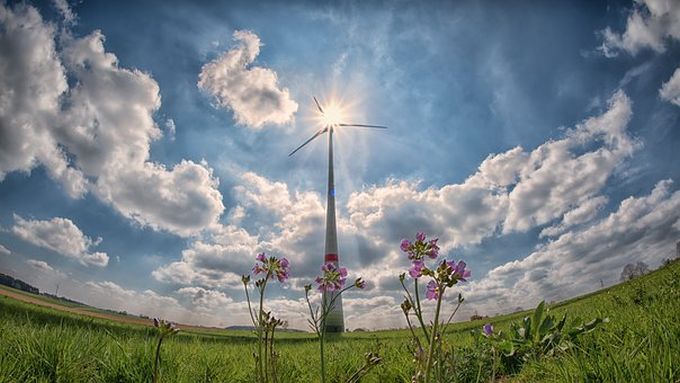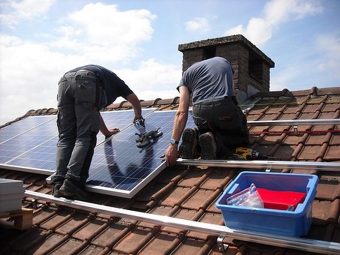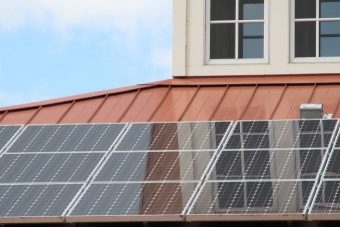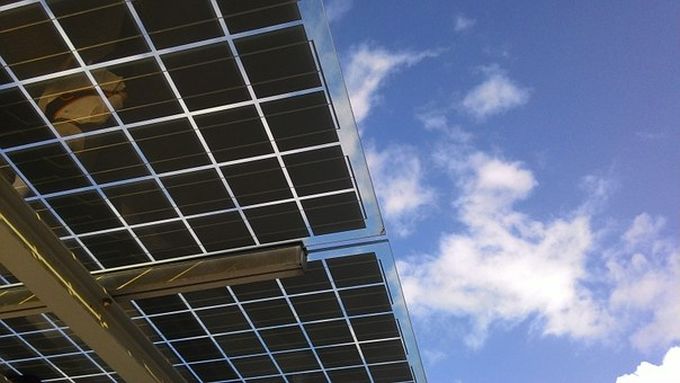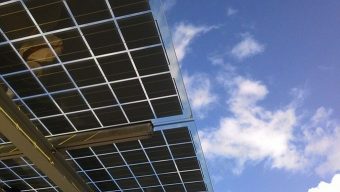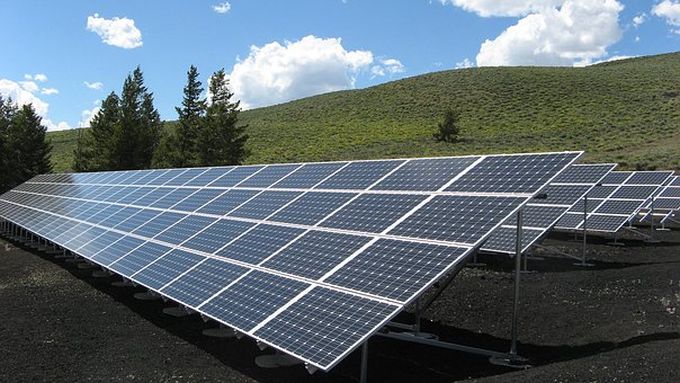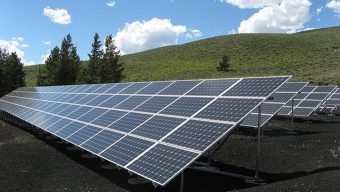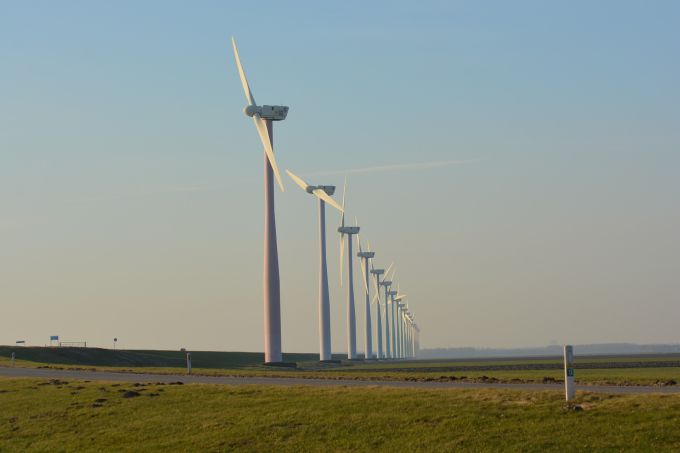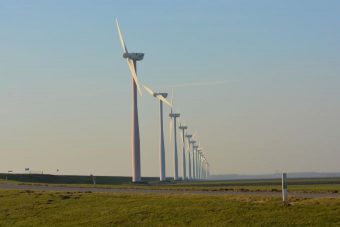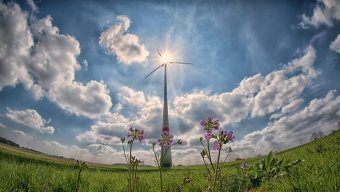
The United States’ offshore wind industry is only on its first legs, and it’s staying small for the time being, with Dominion Energy announcing this week it will partner with DONG Energy to build a 12 MW offshore project off the coast of Virginia Beach.
The current capacity of the United States wind energy industry sits at an impressive 82 gigawatts (GW), but almost none of that capacity is offshore — only the 30 megawatt (MW) Block Island Wind Farm sits off the coast of America, and that only started generating electricity last December. Various policy shifts might be seeing this trend begin to fade away, with governments along the east coast looking to open up potential locations for offshore development, but it’s still early days yet. The Long Island Power Authority approved the country’s second offshore wind farm, the 90 MW South Fork Wind Farm, earlier this year, while late last year Danish wind energy giant partnered with New England transmission builder Eversource Energy in proposing a potentially massive 2 GW offshore wind farm.
However, much closer is the news this week that Dominion Energy, one of the country’s largest producers and transporters of energy, has partnered with DONG Energy to construct a small, 12 MW offshore wind farm 27 miles off the coast of Virginia Beach — which could be the country’s first mid-Atlantic offshore wind project. Dominion Energy signed an agreement and strategic partnership with DONG Energy to construct two 6 MW wind turbines, with initial work on the newly named Coastal Virginia Offshore Wind project to begin immediately, with completion expected for the end of 2020.
12 MW might sound small — and it is — but it is just the first phase in what could become a much larger project, generating up to a potential of 2 GW of energy across a much larger locale leased by Dominion Energy from the US Bureau of Ocean Energy Management (BOEM). The Coastal Virginia Offshore Wind project will act as a first step and demonstration, while providing experience and data for a possible larger-scale development in the future.
“Virginia is now positioned to be a leader in developing more renewable energy thanks to the Commonwealth’s committed leadership and DONG’s unrivaled expertise in building offshore wind farms,” said Thomas F. Farrell, II, Dominion Energy’s chairman, president and chief executive officer. “While we have faced many technological challenges and even more doubters as we advanced this project, we have been steadfast in our commitment to our customers and the communities we serve.”
“Today marks the first step in what I expect to be the deployment of hundreds of wind turbines off Virginia’s coast that will further diversify our energy production portfolio, create thousands of jobs, and reduce carbon emissions in the Commonwealth,” said Virginia Governor Terry McAuliffe.
“Hampton Roads has the ideal port assets and talented workforce to attract and house the offshore wind business supply chain to support not only Virginia’s commercial wind area, but also wind farms under development in Massachusetts, New York, and Maryland. Today’s announcement advances our efforts to build a new Virginia economy that is cleaner, stronger, and more diverse.”
“DONG Energy is the energy supplier in Europe that has come the farthest in the transition to renewable energy, and we are excited to bring our expertise to America,” added Samuel Leupold, executive vice president and CEO of Wind Power at DONG Energy.
“This project will provide us vital experience in constructing an offshore wind project in the United States and serve as a stepping stone to a larger commercial-scale partnership between our companies in the future. We see the tremendous potential in the Mid-Atlantic for emission-free, renewable wind generation and we are excited to help the Commonwealth in reaping the benefits of wind power.”
Source: cleantechnica.com


